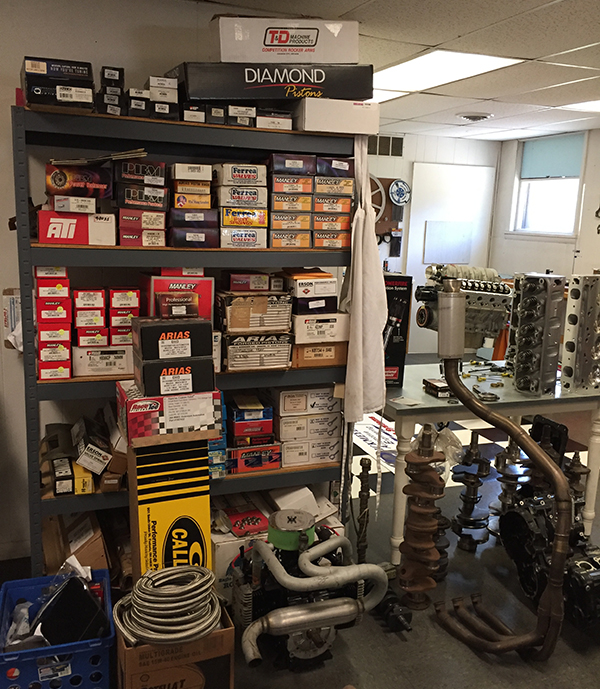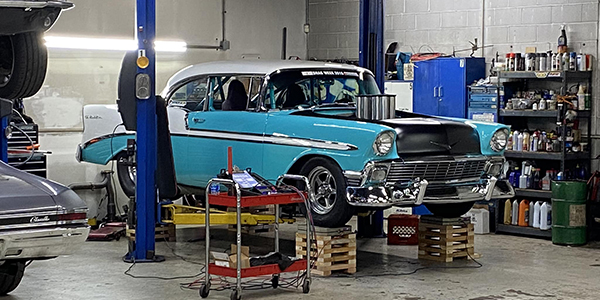Well folks, it’s late September and summer has officially come to a close. If you’re like me, you’ll miss those warm weather days and longer hours of daylight, but it’s been a great few months of race events, car shows, seeing customers, visiting shops, and of course, creating tons of content. In fact, one of those content pieces that will be big for us this fall is Engine Builder’s Dream Engine Giveaway – a twin-supercharged 427 small block Ford we are building with Chris Wright of Pro Car Associates / MVT. You can enter to win this engine here: https://www.enginebuildermag.com/2022-engine-giveaway/. We’ll be sharing updates via our website, YouTube and social media channels as we get the build done in time to be given away at PRI in December. But, all of that is for another time.
I bring up our supercharged small block Ford build, because in trying to spec this engine with lots of quality parts, I’ve gotten to see firsthand the lingering effects of the supply chain issues biting this industry. Of course, we’re working with some really great component manufacturers and suppliers to build out this engine, but the experience has definitely given me more respect for what you folks have had to deal with day-in and day-out these last 18 months waiting on parts. Remember the days of overnight shipping or only waiting a week or less to get your custom-ordered parts? Today, wait times for some parts are six months or more!

However, just as you builders are having to wait on parts, many manufacturers are having the same issues with sourcing materials to make those parts. Obviously, this mess can’t be blamed on any one person or one company, but these supply chain issues have caused a lot of changes to occur in this industry, and for some, it’s meant opportunity rather than despair.
With shops as busy as they’ve ever been, and customers still expecting to receive their engines, it’s meant that brand loyalty has gone out the window in many cases – from small shops to major suppliers – people just have to source parts that are available. You know as well as I do that getting builders to change what manufacturers they use for certain components can be a tough task, but their hand has been forced recently.
And it’s not just our engine building industry that’s been affected obviously. There have been many similar stories where a brand substitute is gaining share just because they have availability. Imagine all the effort and investment over the past decades in building a well-known and respected brand to now see revenue swept away when the product is not on the shelf. Will it ever come back? How long will it take? What will it cost? Is the manufacturer’s relationship with the shop, supplier or retailer strong enough to win back the shelf?
People have had to rethink who they can rely on to get them engine parts, or they may be making parts themselves, and it’s more than likely changed their perception of who to go to for parts in the future. Legacy brands are being pushed aside for the smaller guys or newer brands they haven’t tried before, and it’s those who have parts availability that are winning right now. If they can keep it up or make a good impression on those new customers, they may be well ahead when the supply chain corrects itself.
In this day and age, you can’t take availability for granted and you can make it a competitive advantage. While there is definitely a cost for producing and carrying the inventory, there could be a bigger, long-term cost if you don’t have it. EB


